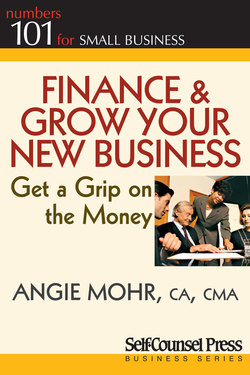Читать книгу Finance & Grow Your New Business - Angie Mohr - Страница 13
На сайте Литреса книга снята с продажи.
Retail/Wholesale business
ОглавлениеRetailing and wholesaling involves the purchase and resale of products. A retailer sells the products to the final consumer while the wholesaler is simply an intermediary, selling the product to another business that will ultimately sell it to the final consumer.
Almost every store that you can think of is a retailer. For example, a bookstore will purchase books from the publisher and display them for sale in the store. An example of a wholesaler is an importer that purchases teapots from Japan and sells them to stores, usually in large quantities.
Operating a retail business generally requires rented or purchased display space and therefore requires incurring the fixed costs of running that space right from the beginning. For example, if you wanted to run a variety store, you would have to rent (or buy) a storefront location where customers can drop in during your open hours. On top of that, you will have to invest in the store’s inventory, which is usually the largest cost to a retailer. The inventory can cost upward of $100,000 depending on the size and scope of the store. For these reasons, retail businesses are usually quite capital intensive and need financing from the beginning.
Wholesalers, on the other hand, generally don’t have to deal with the headaches of display spaces, but they do have to maintain an inventory in a warehouse. Therefore, a wholesale business needs to incur the fixed costs associated with operating a warehouse as well as the cost of purchasing the inventory, which tends to be in larger quantities than a retailer. This also generally requires financing from the beginning.
